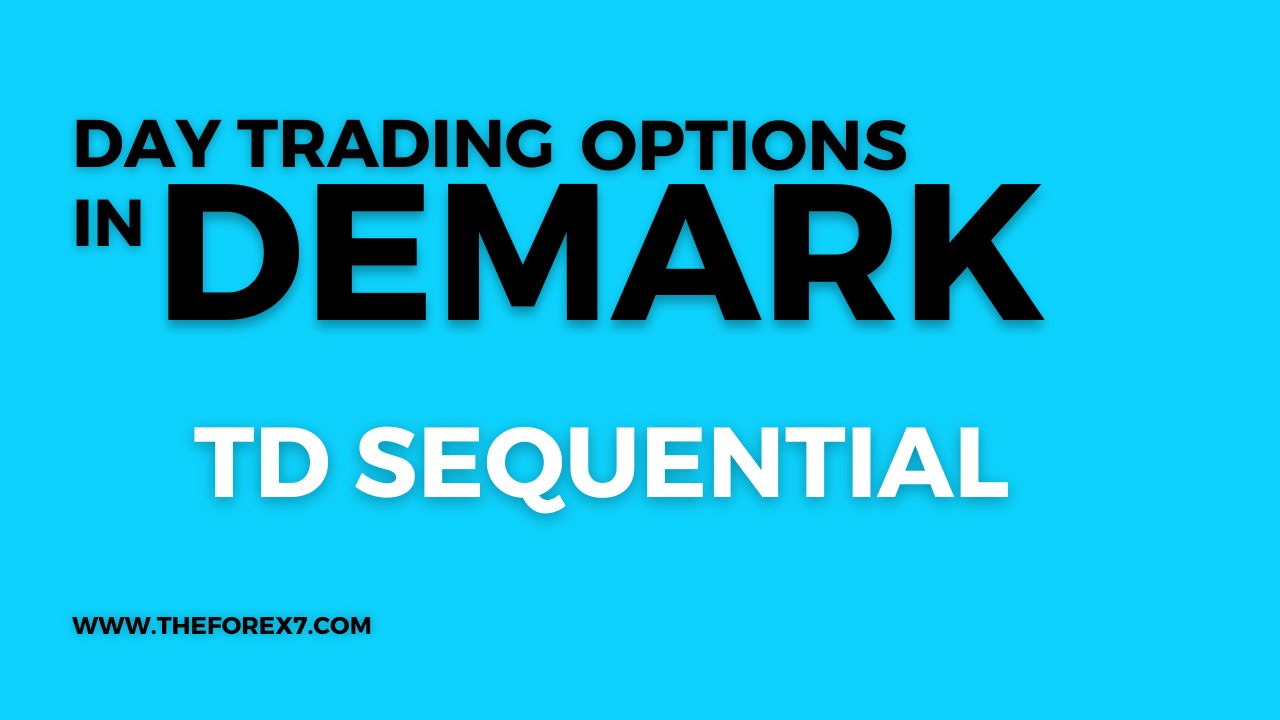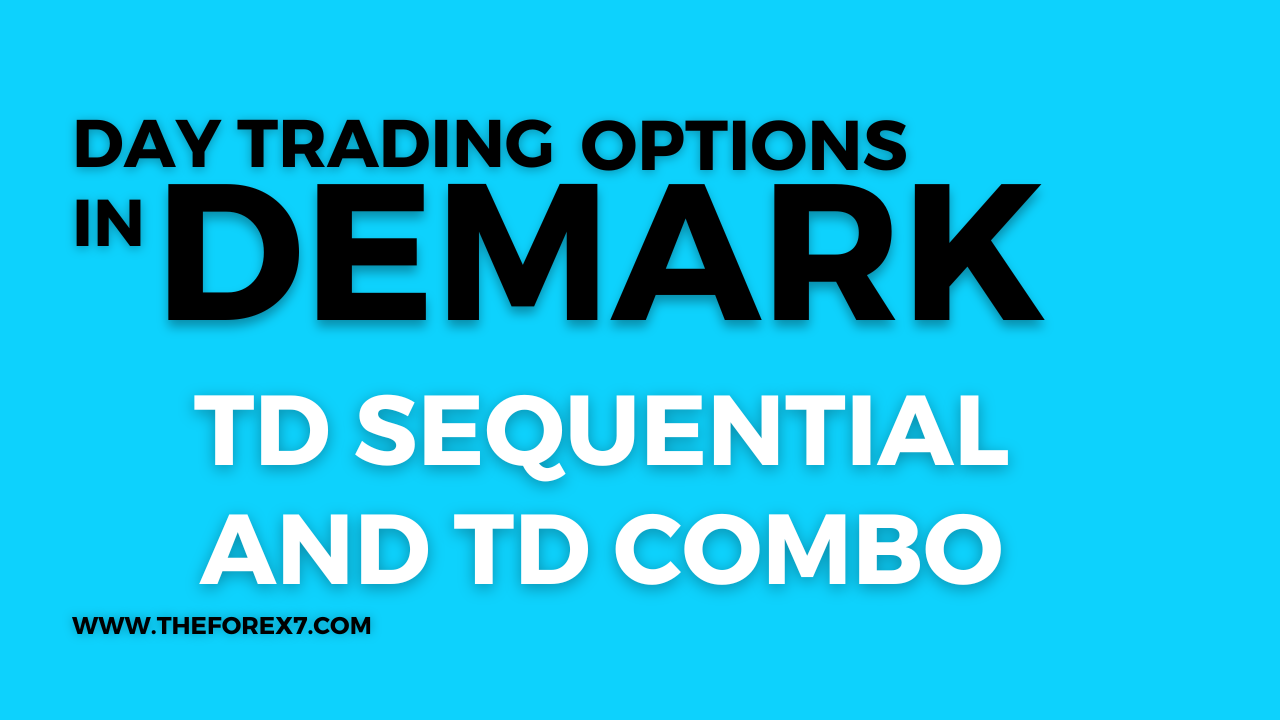Anticipating the Trend
TD Sequential, TD Combo, TD Setup trend, Bull market, Bear market, Financial futures
Course: [ Demark on Day Trading Options : Chapter 6: Under Lying Indicators ]

The indicators we have created, TD Sequential, TD Combo, and TDST are certainly the most versatile. Their utility and accuracy in identifying long-term low-risk price reversal zones have withstood the test of time and the evolution of many markets.
ANTICIPATING THE TREND
TD SEQUENTIAL, TD COMBO, AND TD SETUP TREND
Of all the indicators we have created,
TD Sequential, TD Combo, and TDST are certainly the most versatile. Their
utility and accuracy in identifying long-term low-risk price reversal zones
have withstood the test of time and the evolution of many markets. With the
advent of computer technology, we have been able to take these indicators a
step further to uncover a host of trading abilities and applications previously
unimaginable. Much to our surprise, not only have these indicators demonstrated
that they are effective low-risk, long-term trading methods, but also that
securities and their related options can be applied intraday with remarkable
precision.
Markets that have recorded yearly or
all-time price highs within the last few weeks can be traded with the long-term
upside trend since that is the path of least resistance. Think of this trading
opportunity as a rare experience, since at an all-time price high no one who
has ever bought this market has endured a loss, and therefore there is limited
overhead supply from disenchanted buyers; any pullback presents a trader with a
buying opportunity within a reactionary mode. Conversely, at an all- time or
yearly market low, no one who has purchased the market is enjoying a profit and
consequently any rally should be viewed as a selling opportunity. Similarly,
when the overall market or index is at a yearly price low and simultaneously a
specific market is demonstrating strength by trading at its high for the year,
a clear message is being sent that should the market reverse higher, the strong
market should be a distinct leader and outperform others. Likewise, when the
overall market or index is at a yearly price high and simultaneously a specific
market is demonstrating weakness by trading at its low for the year, this is a
clear indication that once the overall market reverses lower, the individual
weak market should underperform the overall market and possibly become a
casualty of the economy.
The situations cited in the previous
paragraph are ideal opportunities for traders involved in trading the trends of
underlying securities over an extended period of time, but not as proxies or
options representing these markets on a day-trading basis. Sooner or later,
however, the trend will exhaust itself and price will reverse. Once a trader
purchases an option contract the trading game of “beat
the clock” commences. In many instances, the market will do what the
trader wants it to do. However, the important question is, will it do it within
the lifetime of the option contract? Because timing is so critical in
determining when to purchase an option contract, it is extremely important that
purchase be deferred until the market is prepared to reverse its trend. It is
senseless to buy an option and then wait weeks for the market to move because
time premium evaporates so quickly. Conversely, it serves no purpose to
purchase an option after the underlying market has already recorded a price
reversal, the new trend has been established, and the momentum is accelerating.
The obvious change in trend has more than likely attracted numerous buyers who
are aware of the change and their aggressiveness should significantly increase
the value of an option’s premium beyond any intrinsic value.
Because the timing of the purchase of
the option contract is so important, it is necessary to apply market timing
indicators which will identify to traders ideal low-risk and low-premium entry
points. One such indicator designed to accomplish this is TD Sequential. We
developed TD Sequential and TD Combo over 25 years ago as a method of
identifying when a market has reached a point of trend exhaustion. TD
Sequential and TD Combo are price anticipatory indicators designed to buy into
price weakness and to sell into price strength. These indicators’ greatest
features include their objectivity, as well as the fact that their calculations
and results are mechanical and reproducible. Another advantage is that they can
both be applied to any market without the necessity of optimizing its parameters—there
is no need to implement different settings for different markets. The
parameters are universally set and applied regardless of whether the investor
trades stocks, futures, indices, or foreign markets. One of the other features
of TD Sequential and TD Combo is that they have both withstood the test of time
very well. Whether the environment was a bull market, a bear market, or a
trading range market, these two indicators have performed effectively
throughout the years. Finally, TD Sequential and TD Combo have been proven to
work well over several different time periods, from monthly and weekly charts
all the way down to the lowest common time denominator, one-minute charts.
Their versatility enables a trader to either day trade or position trade with both
consistency and accuracy. In theory, a series of market perspectives from
months and weeks could be coordinated with similar readings all the way down to
a five- and one-minute basis. Nevertheless, calculating a daily TD Sequential
or a TD Combo reading and then combining it with the one-minute activity is
reasonable and easily accomplished. In fact, as a floor trader on the Chicago
Board of Trade, T.J. successfully applied these indicators to the financial
futures on a one-minute price activity basis to identify potential low-risk
short-term price reversal levels. Similarly, day trading options works very
well when utilizing TD Sequential and TD Combo, particularly in more active,
volatile, and liquid markets.
Before you decide to quit your job and
curse out your boss—thinking these indicators will deliver an obscene amount of
profits—keep in mind that TD Sequential and TD Combo are indicators, not
systems per se and are by no means the Holy Grail of trading or the perfect
market timing tools. We’ll tell you right now, they are not going to anticipate
market turning points every time, nor will they be correct every time. In fact
a long-standing, light-hearted criticism expressed by both authors has been the
fact that TD Sequential has successfully predicted “10
out of the last 7 market price reversals” implying that 3 were
likely premature and consequently wrong. Despite this perceived shortcoming, we
believe no other indicators are capable of anticipating market tops and bottoms
as consistently as TD Sequential and TD Combo have over the past 25 years. The
distinct advantage of these related trading tools is that they are designed to
sell unemotionally into market strength and buy into market weakness regardless
of news, fundamental outlook, or any other factor unrelated to market dynamics.
Provided a trader applies uniform parameter settings for the indicators over
all markets and time periods, practices sound money management, and is capable
of controlling his or her emotions, then these indicators should become an
important trading companion, greatly contributing to a trader’s success.
A large portion of any trader’s success
is attributable to his or her method of money management. Controlling one’s
losses and allowing one’s profits to run is a lesson which is easy to teach but
unusually difficult to learn and practice. Most books devoted to trading fail
to emphasize the importance of riding at least a portion of a market trend.
Option trading using TD Sequential and TD Combo provides an objective and mechanical
dimension to trading which complements sound money management principles. The
advantage of option trading with TD Sequential and TD Combo is that a position
can be taken for far less money, or a much larger position can be taken with
the same initial capital outlay. In addition, since the maximum loss of a long
option is simply the initial cost of the position, the option acts as an
inherent stop loss. Because these losses are predetermined by the trader at the
time the long option position is initiated, price drawdowns in the underlying
asset are not as threatening. Therefore, oftentimes options provide more
leeway, and consequently more comfort, to traders than owning the underlying
asset—the trader can hold an option position for a longer period of time without
worrying about the financial impact of an adverse price move, since the
trader’s risk is defined at the time the option is purchased. If entry is
premature, and price continues to move against the option position, a trader
need not worry about exiting the position due to accruing losses and missing
out on the desired price move, since the option conveys its trading rights for
a specified time period with a defined risk level, regardless of the price of the
underlying security. Selecting the time frame in which to apply these two
indicators is left totally to the trader’s discretion. However, if a trader
prefers to hold positions for periods longer than a couple of trading days,
then daily low-risk TD Sequential and TD Combo opportunities should be
monitored. If a trader desires to be actively trading intraday, then it is
prudent for him or her to follow one-minute TD Sequential and TD Combo
activity. This choice is up to the trader, but operating intraday should be
performed within the context of the bigger picture—by requiring intraday (one-minute) TD Sequential or TD Combo entries to conform to the daily indications,
the results will often provide the reinforcement a trader needs to participate
with the market’s flow. Regardless of his or her preferred operating time
horizon, an option buyer has the ability to time option market entries
effectively and anticipate expansions in a call’s premium off a market low and
expansions in a put’s premium off a market high by applying TD Sequential and
TD Combo.
TD Sequential and TD Combo can be
utilized to anticipate not only price reversals in the underlying stock, but
also reversals in options as well. Although not always possible and definitely
not required, these indicators can be applied to the option trading activity
much like they are to the underlying security. In the past, we have relied upon
the activity of the underlying security to dictate the TD Sequential low- risk
entries or the TD Combo low-risk entries and then, in turn, we have applied the
results to the option market. This was more a matter of option chart
availability and convenience rather than choice. Due to the fact that the
option charts are more readily available today, when trading options we
occasionally look for both to confirm, or at least if one chart passes our
qualifications’ test, the other chart should produce similar indications since
the option follows the activity of the underlying security. If one were to
apply TD Sequential or TD Combo directly to an option, we suggest it be
utilized on the more liquid and actively traded expirations and strike prices.
Demark on Day Trading Options : Chapter 6: Under Lying Indicators : Tag: Option Trading : TD Sequential, TD Combo, TD Setup trend, Bull market, Bear market, Financial futures - Anticipating the Trend





